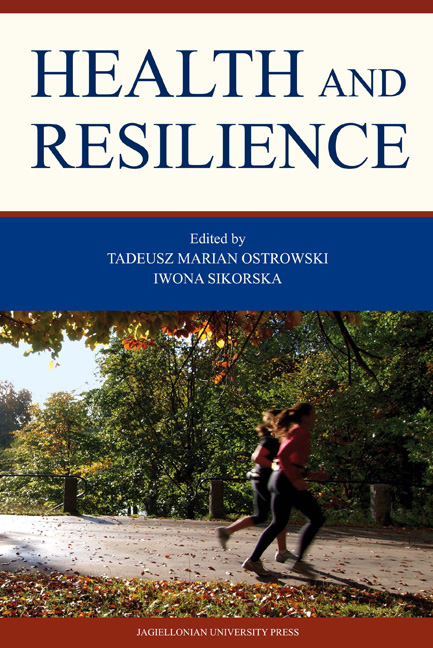Book contents
- Frontmatter
- TABLE OF CONTENTS
- Introduction
- I SOCIAL AND METHODOLOGICAL CONTECTS OF RESILIENCE
- II RESILIENCE IN DEVELOPMENT
- Theoretical models of resilience and resilience measurement tools in children and young people
- Siblings – a retrospective analysis of deidentification processes
- Empower children! The promotion of resilience in early childhood institutions (kindergarten) and primary schools
- III RESILIENCE AND DISEASE
- List of Authors
Theoretical models of resilience and resilience measurement tools in children and young people
from II - RESILIENCE IN DEVELOPMENT
Published online by Cambridge University Press: 05 December 2014
- Frontmatter
- TABLE OF CONTENTS
- Introduction
- I SOCIAL AND METHODOLOGICAL CONTECTS OF RESILIENCE
- II RESILIENCE IN DEVELOPMENT
- Theoretical models of resilience and resilience measurement tools in children and young people
- Siblings – a retrospective analysis of deidentification processes
- Empower children! The promotion of resilience in early childhood institutions (kindergarten) and primary schools
- III RESILIENCE AND DISEASE
- List of Authors
Summary
Abstract
The definitional problems related to the concept of resilience show that it may be understood in a variety of ways (Masten, 2001; Richardson, 2002; Masten, Obradović, 2006; Kolar, 2011). Primarily, it is described as successful adaptation and successful development despite external risks. Researchers argue that individuals may be referred to as resilient only if they faced real external threats to their development (e.g. mental illness in the family, their low social and economic standing, violence) and yet were able to cope and develop properly (Luthar, 1999; Masten, 2001; Borucka, Ostaszewski, 2008; Kolar, 2011). The phenomenon of resilience may also be defined as a dynamic process whereby an interaction between risk and protection factors occurs, both on an individual and social level. In this case the researchers focus on mechanisms that modify risk factors. Yet another approach aims to define a set of personal traits that may be referred to as ego-resiliency (Block, 1980; Constantine et al., 1999). Every approach to the phenomenon of resilience offers its own theoretical models and measurement tools.
This paper focuses on resilience in developmental age. It aims to present selected resilience measurement scales and component skills in children and young people. The selected measurement tools are following: Kidscreen (Polish adaptation: Mazur, Małkowska-Szkutnik, Dzielska, Tabak, 2008), The Healthy Kids Survey (HKS, 1999), DECA (LeBuffe, Naglieri, 1998), DESSA (LeBuffe, Naglieri, Shapiro, 2006), and Resilience Scale SPP 18 (Ogińska-Bulik, Juczyński, 2011).
- Type
- Chapter
- Information
- Health and Resilience , pp. 85 - 100Publisher: Jagiellonian University PressPrint publication year: 2014



